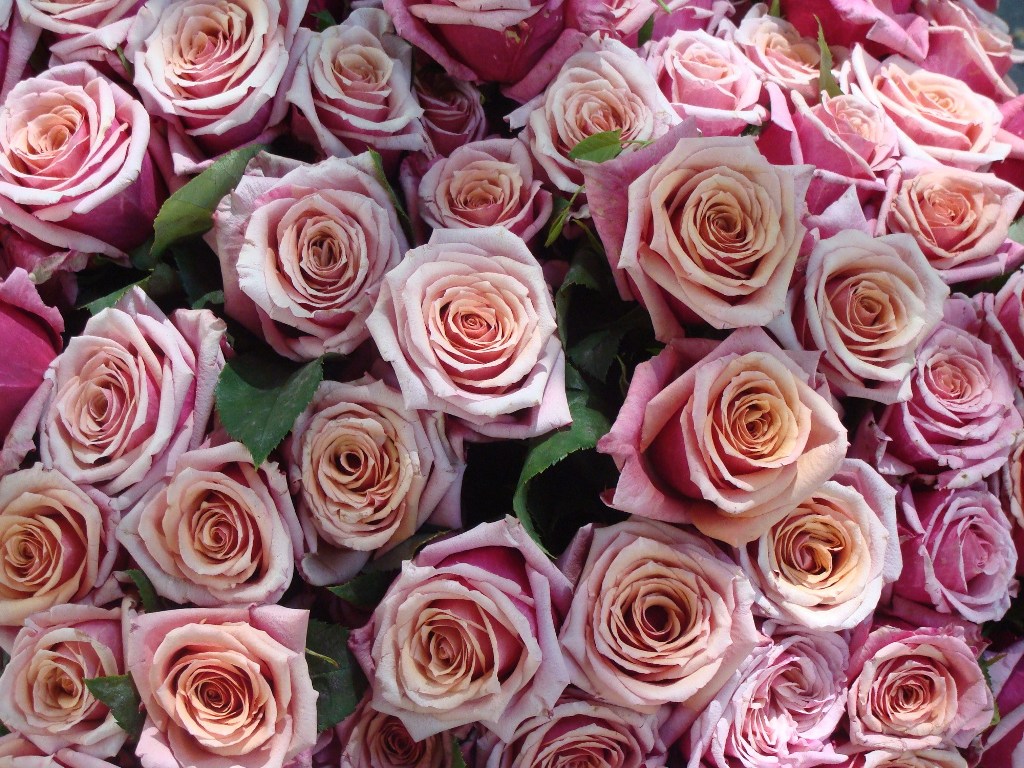Everybody is in love with roses. This one particular flower has a fan base of almost every age group, regardless of the taste. The color, the significance, and the fragrance; everyone is drawn to it in some or the other way. Some are fascinated by the thorns, and some are simply in awe of its petals.
One solid reason why roses are a part of our lives is that a whole occasion, we mean Valentine, is revolving around it. You can express your love by extending this one little flower. The feeling goes without saying the words, “I love you.” Such is its effect.
Besides the emotional sentiment attached, the flower has many medicinal values. For example, every makeup regime consists of rosewater. However, flowers generally need a lot of tending to grow and prosper. The same goes for roses.
Let’s explore how can one care for roses.
Spider Mites

There are many species of spider mites such as two-spotted spider mites that can attack roses. What they often do is they settle at the underside of the leaves and feed on it. The pattern of feeding is piercing the tissues while they extract their juices.
Signs: Yellowish or yellow leaves with white feeding marks that appear to be dry as well. You might also find webbers that are silver in color on the leaves or stems or both.
They are very tiny and hard to catch by the human eye. The only way to get hold of them is through these signs. If you notice any, use either Neem oil or insecticidal soap to get rid of the mites.
Black Spots
Black spot is probably one of the most common rose diseases which is caused by a fungal disease (Diplocarpon rosae). This type of fungus develops as black spots that appear on rose leaves, which eventually turn the leaves into yellow colour and make them fall off. To treat this, you can use baking soda and liquid soap mixture with warm water to spray thoroughly on the leaves.
Rosebud Borers

Borers are of two types:
- Rose Curculios: About ¼ inch. Color- bright red with black beans
- Rose leaf Beatles: About ⅛ inch. Color- shiny blue or green
Despite the difference in color or size, both of them have the same kind of damage on roses. The name is given because they attack the roses when they are in the bud. They bore into the buds, and that hampers their growth.
You can get rid of them either by picking them up, if the damage isn’t much or you can nip the whole bud, in case of severe damage.
These were a few common insects found and how to tackle them. Let’s move onto the diseases.
Like any other being, there is one disease quite common in roses, which are fungal diseases. For this, you need to be careful from the very beginning of planting them. Follow the five feet apart rule. This means each rose bush must be five feet apart when you’re sowing them.
Powdery Mildew
In this, the flower might come across like it has been covered in white talcum powder. The common signs are: you will find the flower or the shoot disfigured or the leaves turning yellow or brown.
To avoid this situation:
- You should keep the ground on which roses are planted clean, which also allows air circulation.
- Don’t overwater it. Just during morning hours so that it is soaked up well.
A home care remedy is also there. You just need to mix ½ teaspoon oil with 1 teaspoon baking soda and then mix it in warm water. Use a spray bottle to apply.

Canker
In this disease, the cane of the rose plant is affected. They either get discolored or appear dead. The causes of this disease can be the wounds on a healthy plant, splashing water while tending, unclean tools, or insects.
Once you spot this, don’t keep watering or fertilizing it as that can spread it in other flowers. Therefore, along with this, like in any other fungal diseases, you are supposed to keep the area around it clean to avoid it spreading.
Roses are beautiful, but every beautiful thing in the world requires care and constant tending to stay magnificent. Flowers are like little children, and if not paid attention to, you might end up destroying them. But, being careful and watchful of your actions and gathering more knowledge about your plants can help overcome this.






